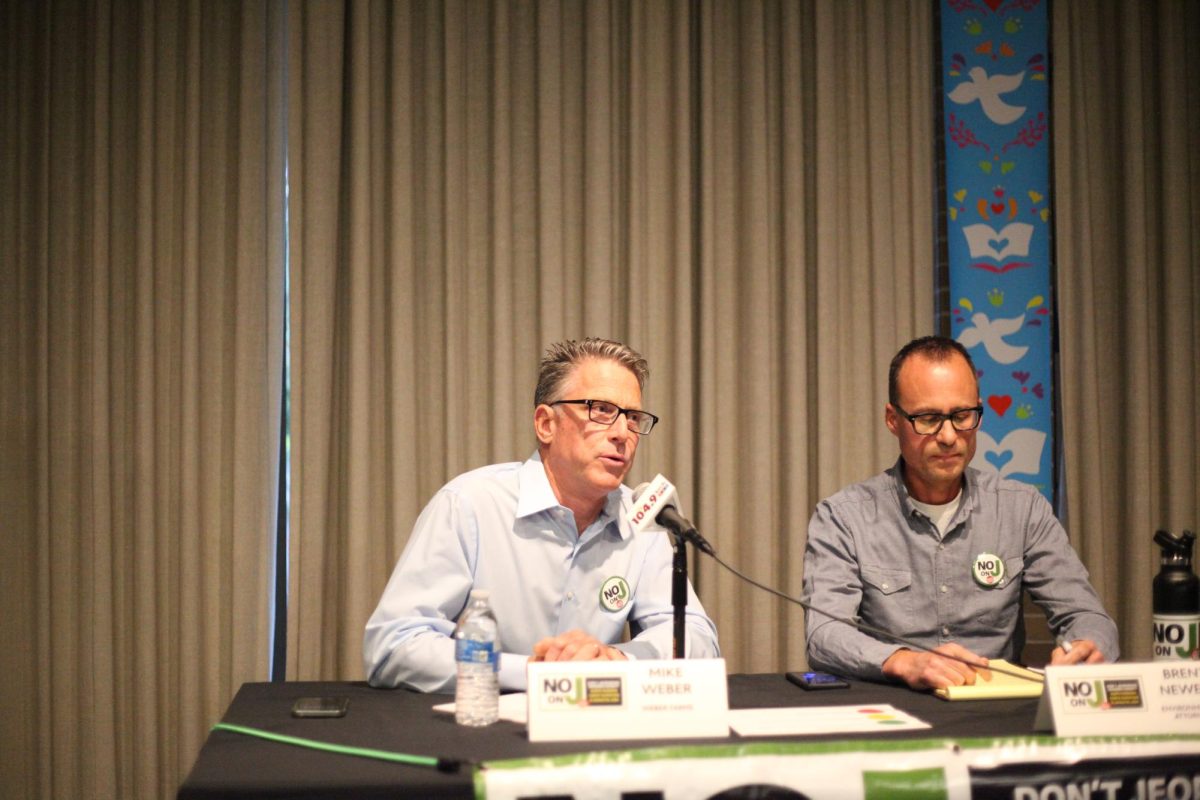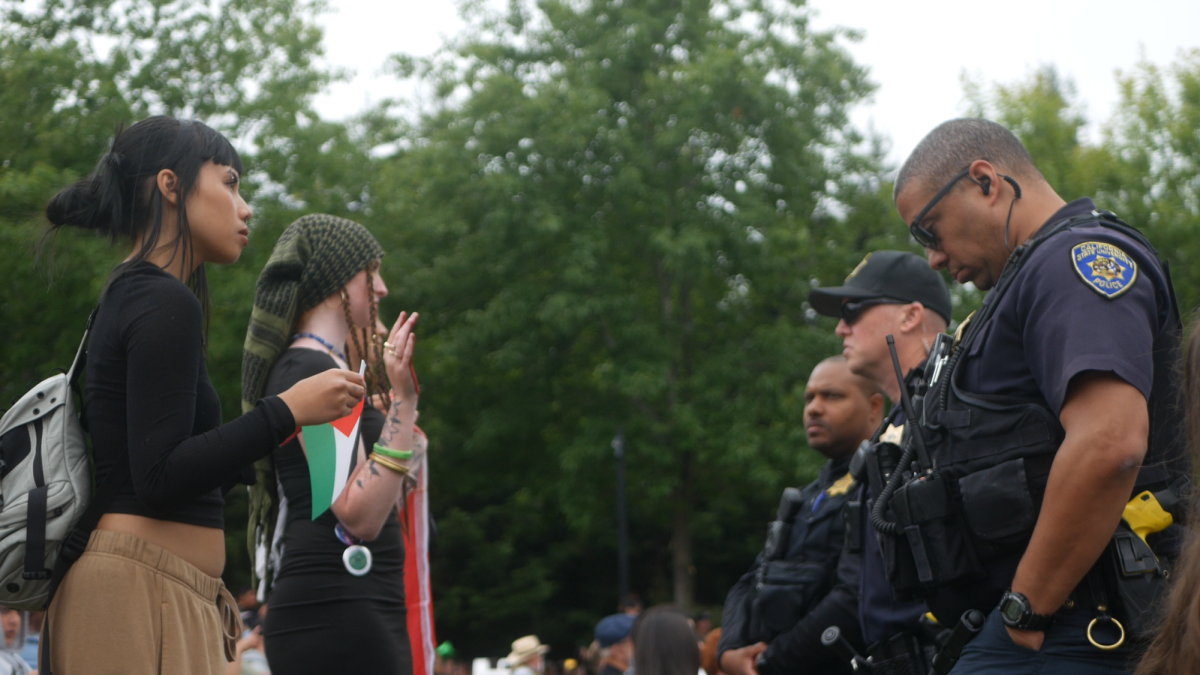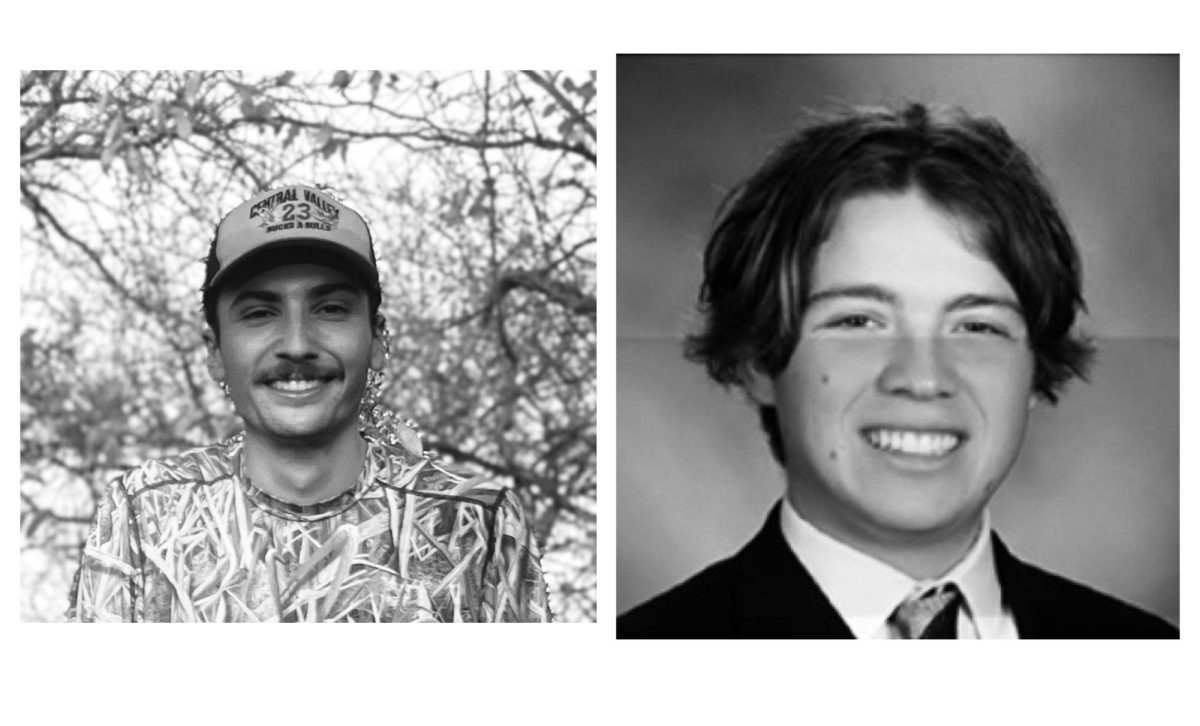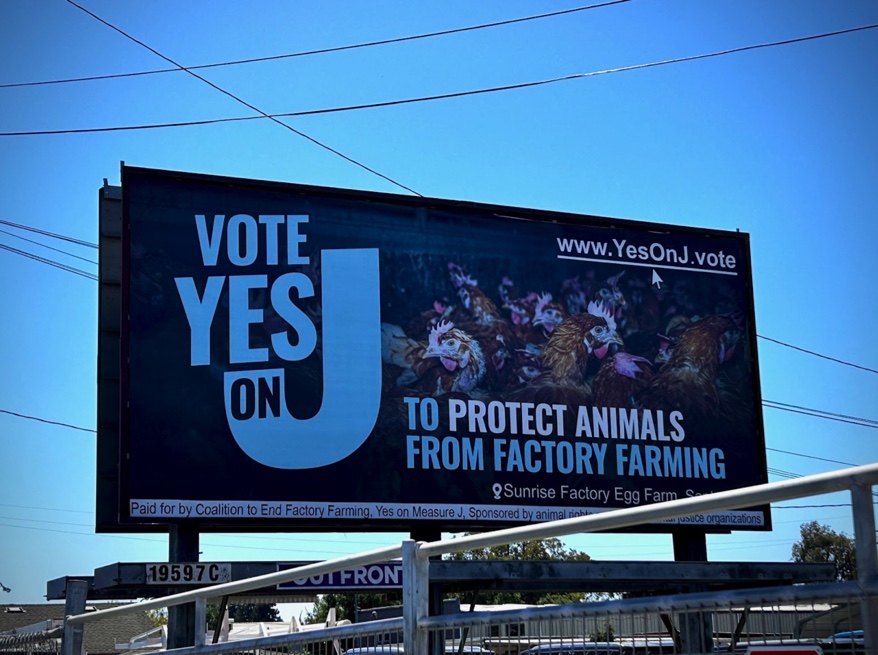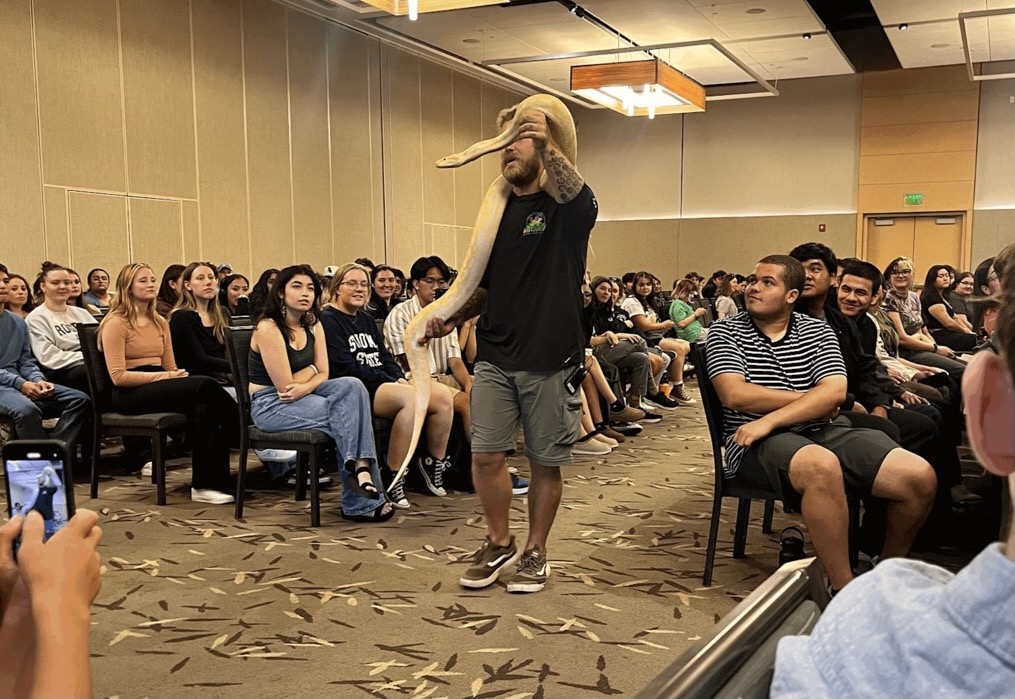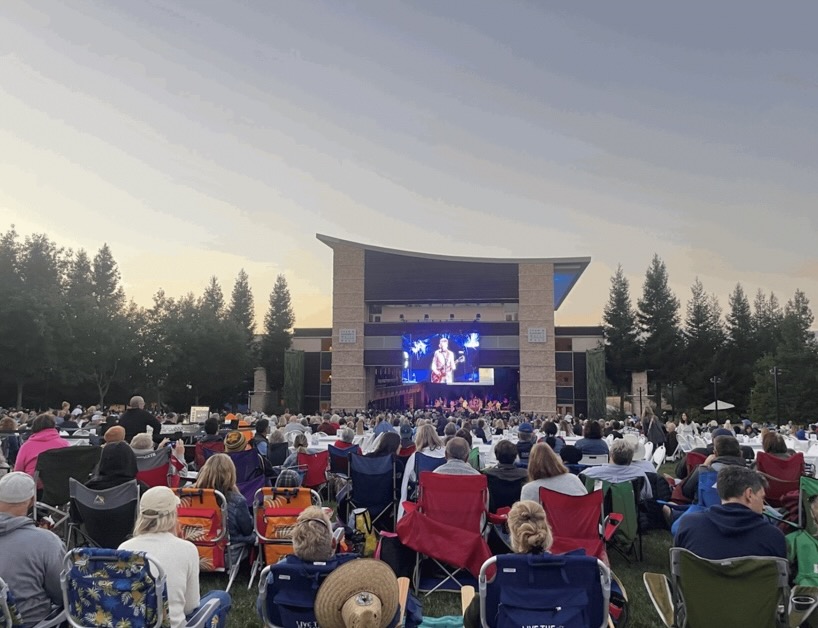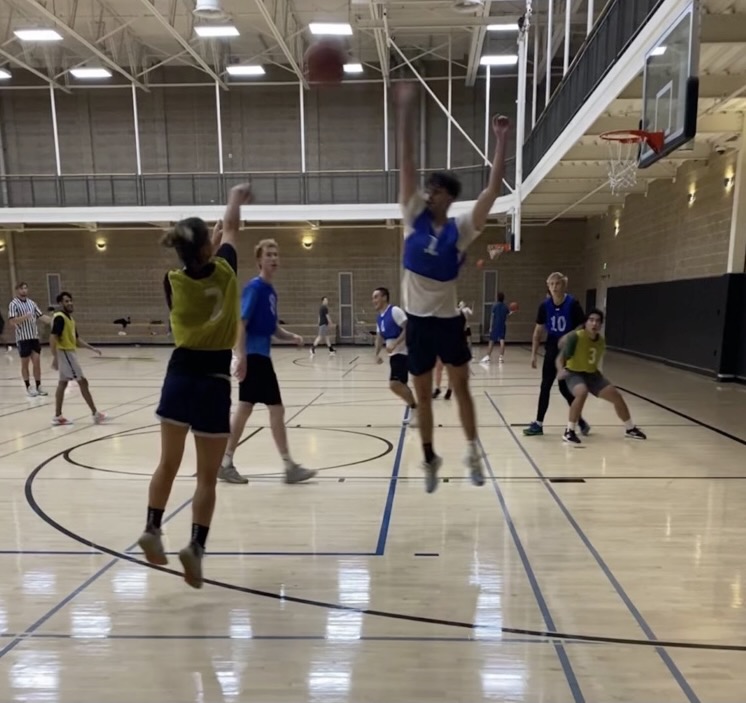San Francisco has historically been the mecca for cultural and racial diversity, as seen in its variety of distinct neighborhoods.
It has been a city which has always welcomed the different, and encouraged people to think outside the box. Being eccentric or believing in something that was contrary to popular belief has always been the trend.
From the upswing of gay acceptance beginning in the 50’s with the Beat Generation, followed by the birth of the hippie movement in the 60’s, and it’s constant consciousness to fight for the environment; San Francisco has historically been a city that has fought for love, acceptance and the advancement of society.
By opening its golden gate to new ideas and interesting people, it has grown to be the beautiful and unique city it is today, but for how much longer?
As a senior at Sonoma StateUniversity who’s lived in the city my entire life until moving up to Rohnert Park in 2012, the changes I’ve noticed going back home in the past four years have been heart-breaking and drastic. The progressive expulsion of the heart and soul of our beloved city can be summed up into one word; gentrification.
According to the Merriam-Webster Dictionary, gentrification is “the process of renewal and rebuilding accompanying the influx of middle-class or affluent people into deteriorating areas that often displaces poorer residents.”
The gentrification of San Francisco can be entirely attributed to the tech boom and the heavy influx of young and eager people it has brought in from around the world. This huge migration of techies has caused San Francisco to surpass New York as what is now the most expensive city in the U.S. According to Dailymail.com; “The average cost for a one-bedroom apartment reached a record $3,530 in the city in August, compared with $3,160 in New York, $2,270 in Boston and $2,110 in Washington DC.” The city’s tech boom, or perhaps as seen by others as a “crisis”, has created a rippling effect to the housing market which can be traced up as far as Rohnert Park, and even further.
To share a room in Rohnert Park I am paying $425 a month, and that’s not including utilities. You can compare that to paying $850 a month for an entire townhouse in New Orleans, as found on Zillow.com. That’s also taking into consideration that New Orleans would be considered a much more attractive and desirable place to live, rather than tiny, old Rohnert Park.
Cities in Northern California that are just a little further from San Francisco than Rohnert Park is are listed on Zillow.com between $850 – $1,400 a month for an apartment or house in Davis, Stockton and Sacramento. Unfortunately, even the North Bay, an hour away from the city still receives the same expensive prices for housing but administers a much lower minimum wage.
This problem hits close to home since a lot of Sonoma State students are from the city, and many had plans or dreams of moving back home after graduating, which has now been made unrealistic, unless they want to move back in with their parents.
Senior Karina Berry had hopes of moving back home to San Francisco after graduating this Spring, but since her mother decided to move back to Denmark indefinitely, she currently has no idea what her future beyond graduation has in store, especially since her family no longer has roots in the city.
“As much as I love San Francisco, I have to come to terms with the fact that it isn’t realistic for me to hope to move back home after graduating. You can’t even live there making minimum wage,” said Berry.
Karina is right when she says it’s overzealous to hope to live in the countries most expensive city on minimum wage, and what does this say about the future of San Francisco? It is imperative to have a working class that can survive off of minimum wage and right now the city is struggling to find a balance to help the working class stay with affordable housing, as well as expand as the world’s leading tech mecca.
The fact of the matter is that San Francisco’s seven-by-seven miles were never meant to house the amount of people that are trying to live there now, causing it to be so desirable and expensive. This, in turn, is banishing the culture and diversity that the city’s minorities brought in, and driving out the heart and soul of what made the city once so unique and special.
The city now is crawling with young, pretentious, ignorant, rich and predominantly white techies, from all over and nothing is really being done to try and prevent the seizure of our city. The recent city elections show that there is no real desire in preserving San Francisco and the exploitation of its culturally diverse neighborhoods and people.
VanishingSF, a popular Facebook page dedicated to informing its followers about the constant saddening changes taking over the city said it perfectly; “we are deeply concerned about the future of our city. The San Francisco we love, the city and community we helped build over many decades, is being destroyed. The creative and diverse people who have made this one of the world’s great cities are being driven out by a housing crisis created by the worst city planning decisions we have ever seen.”
City Hall is increasingly dominated by a small number of very rich people who seem to have no connection to the heart of the city.
The city has been handed over to forces of uncontrolled greed and expansion that have little or no concern for the city’s demographic mix or its world-renowned aesthetic beauty and cultural heritage.”
There is a certain hostility in the air now when walking in highly impacted neighborhoods such as the Mission. Only time will tell what the future of the city will look like.
Will it begin to resemble an episode of Futurama, or realize it must preserve its beautiful, crazy, wild, spirit and people before it’s too late?
Categories:
The gentrification of San Francisco
Florencia Hasson, Staff Writer
•
November 17, 2015
Donate to Sonoma State Star
Your donation will support the student journalists of Sonoma State University. Your contribution will allow us to purchase equipment and cover our annual website hosting costs.
More to Discover

